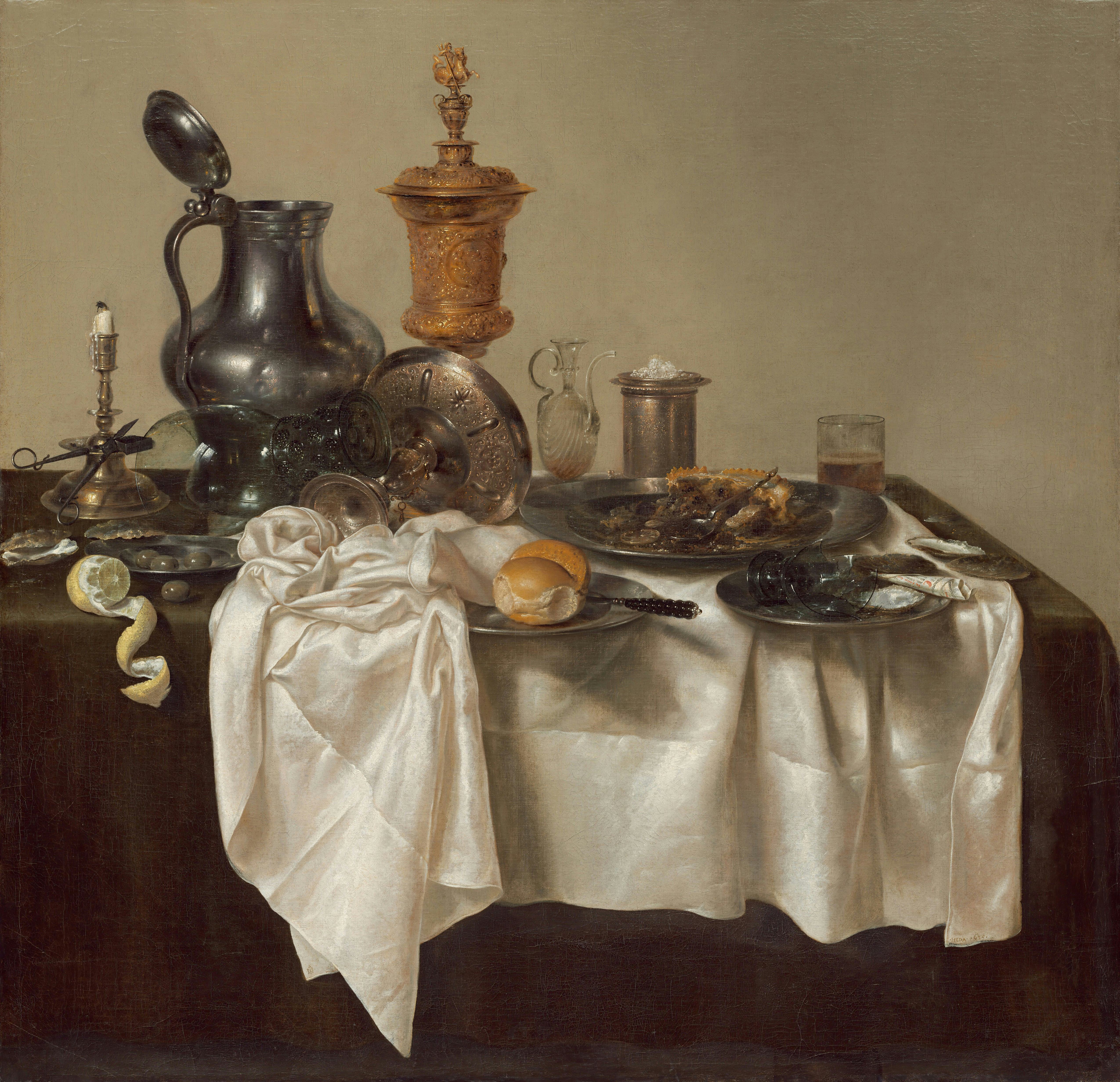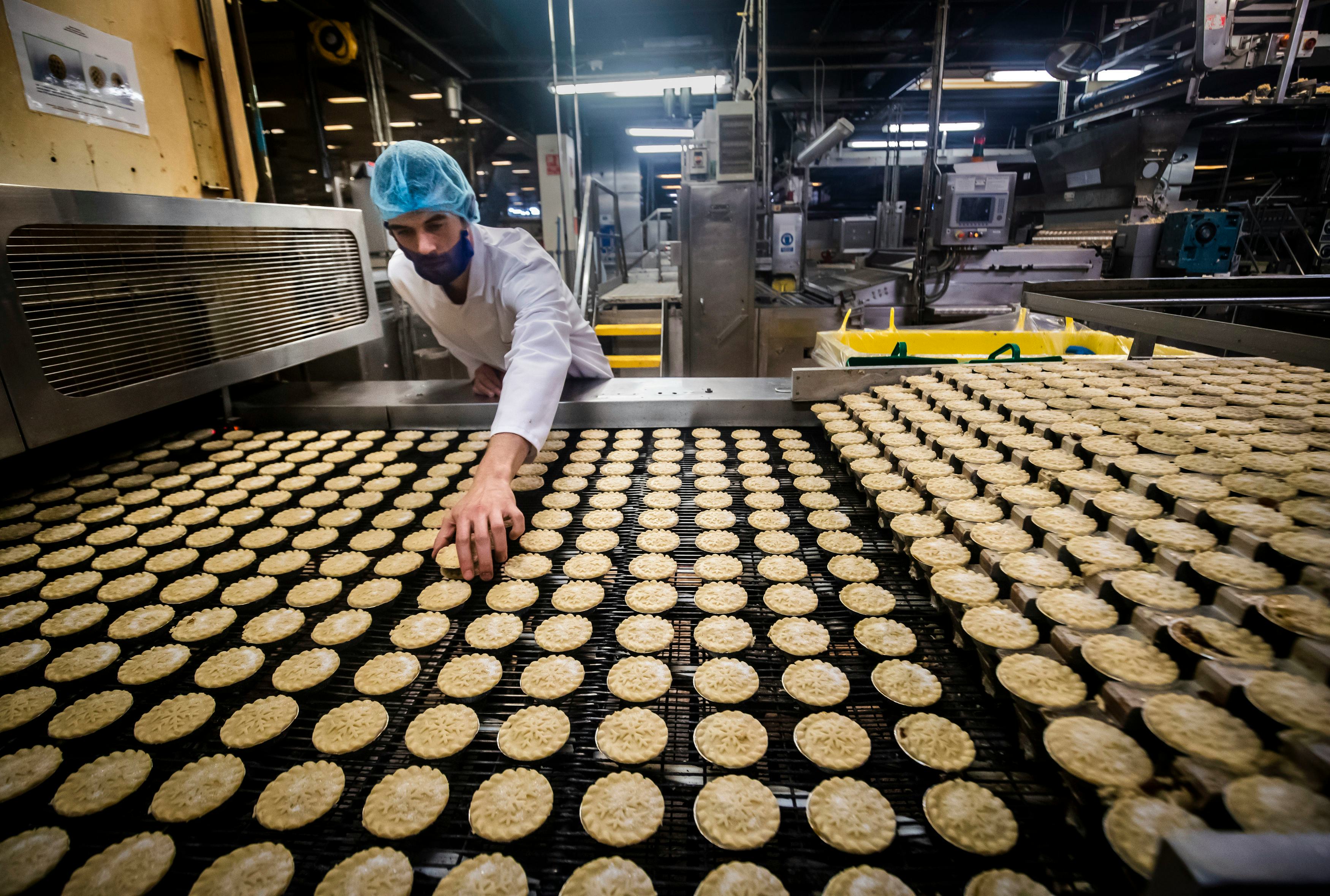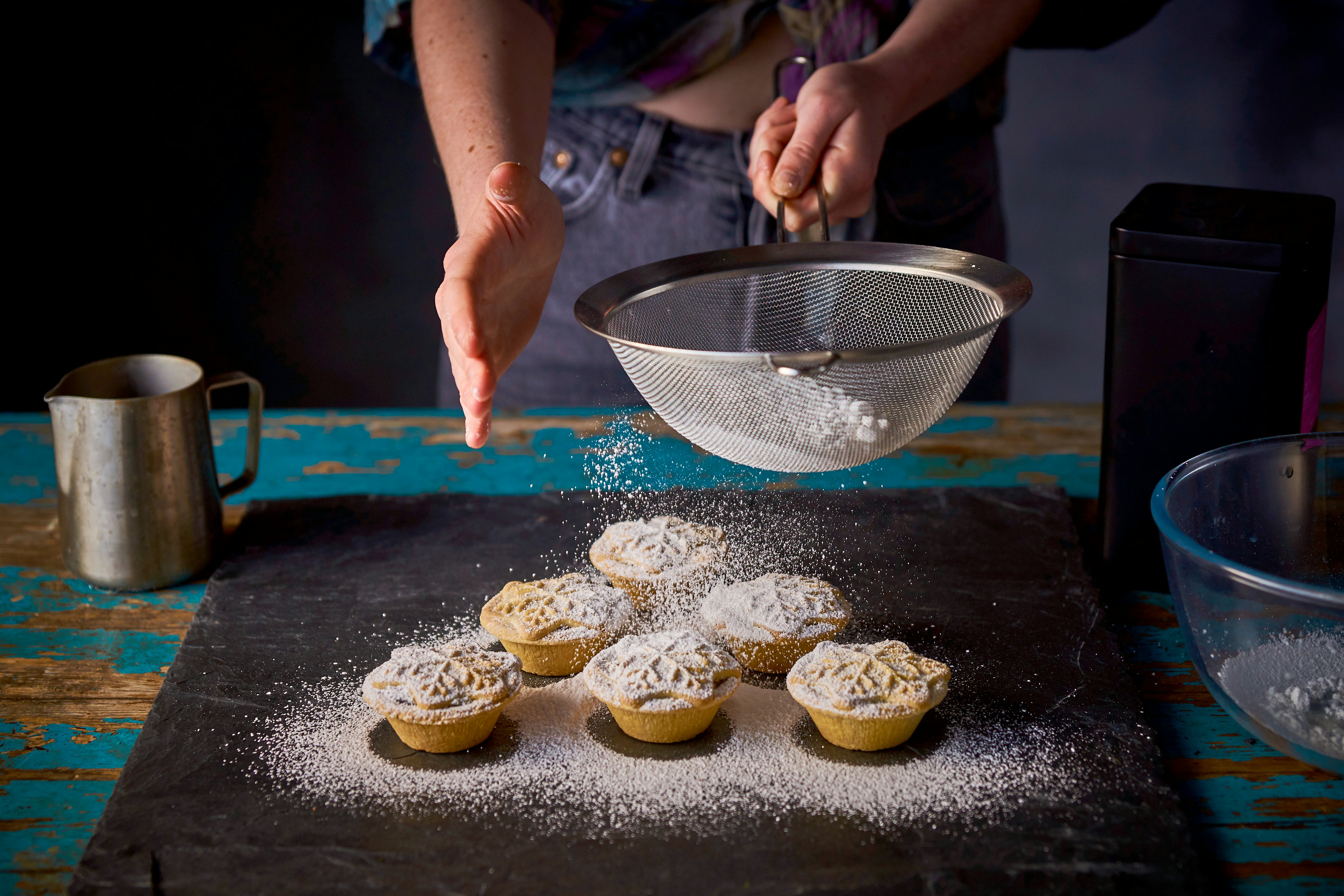
Mincemeat pie isn’t what it used to be.
The festive pastries were a Christmas staple in England starting around the 12th century. In the Middle Ages, “it would have been quite the main course,” Diane Purkiss, a professor at the University of Oxford and author of English Food: A People’s History, tells Inverse. Today, not so much.
Modern versions of the medieval delicacy often stuff pies with only the vegetarian parts of the recipe. Mincemeat pies are now ultra-sweet, nearly bite-sized pastries eaten as a dessert, a diversion from the original savory-sweet recipes for super-sized indulgences that included bits of meat amongst dried fruit, nuts, and booze.
The ancient dish is as steeped in science as it is in history. Here’s the side of mincemeat you haven’t heard: the delicate science of using fat, salt, sugar, vinegar, and spirits to extend shelf life, and the biology behind why these complex flavors taste even better when mixed.
Preservation Combination

Before modern-day refrigeration, the name of the game was preservation. Mincemeat pies are no exception, but the preservation method varied depending on who was baking it.
A mincemeat pie would usually need to employ multiple tactics. “Stabilizing meat is not easy,” Steve Lindemann, an associate professor of food science and nutrition science at Purdue University, tells Inverse.
A key ingredient in many old mincemeat pie recipes is rendered suet. Suet is the hard fat surrounding the loin and kidneys of goats, sheep, and cows. Left unrendered, this fat wouldn’t have preservation potential.
“It's all about water activity. Microbes need water to metabolize,” Lindemann explains.
When you heat suet, fat separates from muscle and connective tissue, both of which contain water. When cooked, the water leaves suet via evaporation. The resulting glob of fat is very shelf stable because it’s void of the moisture pathogens need to thrive –– this is why you can have a bottle of olive oil on your shelf for years without it going rancid. When incorporated into pies, the rendered, hydrophobic fat creates a layer between the mincemeat filling and pie crust that essentially seals the mixture. This extends shelf life by keeping air from contacting the pie’s filling.

When it comes into contact with food, air triggers a chemical process called oxidation. This process speeds up chemical reactions that deteriorate food and provides a lovely environment for bacteria to take hold, alter the pH of meat, and change the flavor, smell, and safety of the meat.
But suet can’t act alone. Creating an acidic environment also staves off unwanted pathogens. At the time mincemeat pie recipes were being developed, people would create an acidic environment in one of two ways –– by adding vinegar or adding ethanol. Ancestral versions often used both.
“It’s a double-whammy,” Lindemann says. “Vinegar pulls it down into a safer pH range, and combining that low pH with the ethanol in wine or brandy will make it even more inhospitable for pathogens.”
Although it isn’t sweet, meat has a substantial amount of sugar. Glucose stored in the muscle tissue can ferment too much if left unchecked, but adding vinegar or alcohol can lower the pH of the mixture enough to make the tissue shelf stable instead. While not the most common method, some recipes deliberately ferment the meat in mincemeat pies using vinegar.
“If you start a fermentation with a substantial amount of vinegar, you are already starting and setting it up for a safer fermentation,” Lindemann explains. “This is common practice not just for mince, but also for sausage and every other fermentative approach people use to stabilize meat at room temperature.”
Sugar and Spice

Humans are naturally drawn to the combination of savory and sweet. These flavors are common around the world, including in Moroccan Tagine, which experts believe may have been the inspiration for mincemeat.
“The salty taste makes other taste qualities more prominent and more crisp,” says Xiaodong Li, a flavor biologist and CEO of Ixora Taste Sciences Inc.
Each of the 10,000 taste buds on the human tongue contains between 50 and 100 of its own taste cells. These cells contain molecules known as receptors that can detect five tastes — sweet, bitter, sour, salty, and umami –– and relay these tastes to the brain.
Most of the sweet taste humans perceive is due to receptors on some taste buds called T1r2+T1r3. Studies in mice have suggested another receptor, SGLT1, one of the body’s glucose transporters, may also play a role. SGLT1 only delivers glucose, a major energy source that the body craves, to cells when salt is present. This could explain why sweetness seems to be amplified by salt.
Salt and sugar also provide practical qualities. Adding salt or sugar to meat preserves the dish using the same basic concept as rendered suet, vinegar, and ethanol –– by reducing the amount of water and making it very hard for microbes to grow.
Around the time mincemeat was developed, sugar was used more like a spice, and the lion’s share of sugar in those mincemeat pie recipes came from fruit. It was a pricey good, which naturally limited its use in many early recipes.
When sugar became cheap in the mid-19th century, mincemeat evolved into the dessert treat it is today, sans the fats and bitters needed for preservation, Purkiss says.
“What preserves everything then is the sugar, so you don’t need suet or vinegar anymore.”







